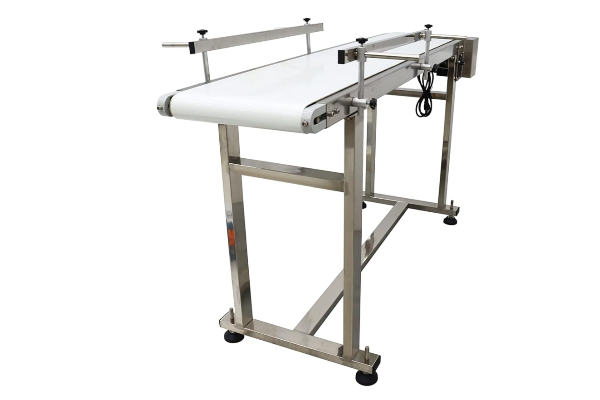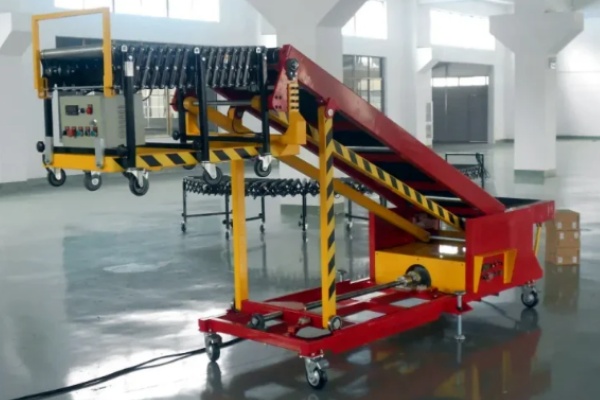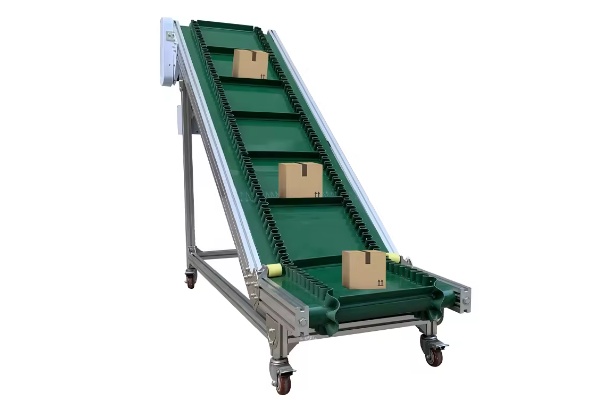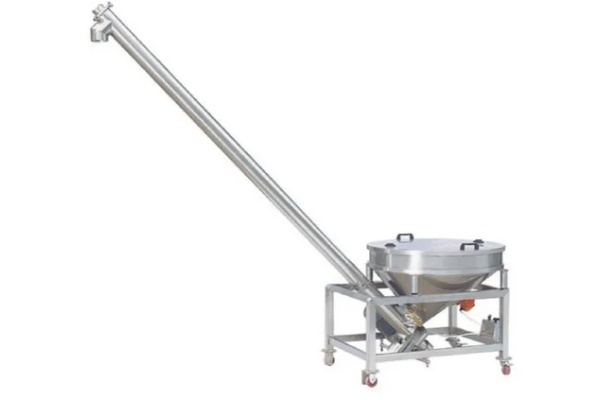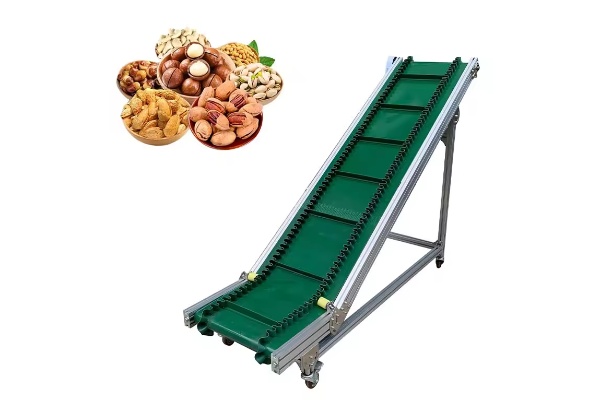
Nut belt conveyors
The price of nut belt conveyors varies from $260 to $7,500, depending on its conveying length, bandwidth, material, additional functions, and degree of automation.
Operating frequency: 50/60Hz
Width: 200/300/400/customizable
Height: 80/100/120/150 mm/customizable
Voltage: 220V, 380V
Capacity: 2-6m³/h
Hopper Volume: 0.8L/1.8L/4L/10L
What are the different types of nut belt conveyors?
Nut belt conveyors mainly use continuously running flexible conveyor belts to achieve smooth movement of nuts. According to specific production needs and spatial layout, nut belt conveyors can be designed in various types such as horizontal type for plane transmission and inclined type for height difference transmission. Its processing capacity ranges from small batch processing of several kilograms per hour to large-scale production lines of several tons per hour. In addition, its conveying distance can be as short as a few meters for connection between equipment, or as long as tens of meters or even hundreds of meters for long-distance material transfer within the factory.
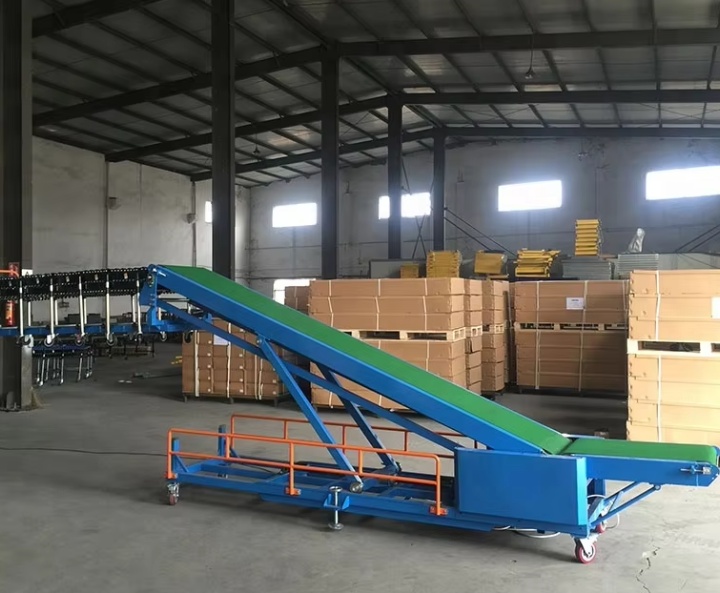
Nut belt conveyors can be divided into open and closed types according to their structure. The former is suitable for links that are easy to clean and inspect, while the latter can effectively prevent pollution and dust emission, and is especially suitable for intensive processing with high hygiene requirements. In addition, there are large-angle belt conveyors that can handle large-angle lifting, often with baffles or skirts to prevent materials from sliding down. When selecting a model, the core considerations include material characteristics, conveying environment, conveying volume and distance, and production line layout. Reasonable type selection and configuration are the basis for ensuring smooth nut processing and stable product quality.
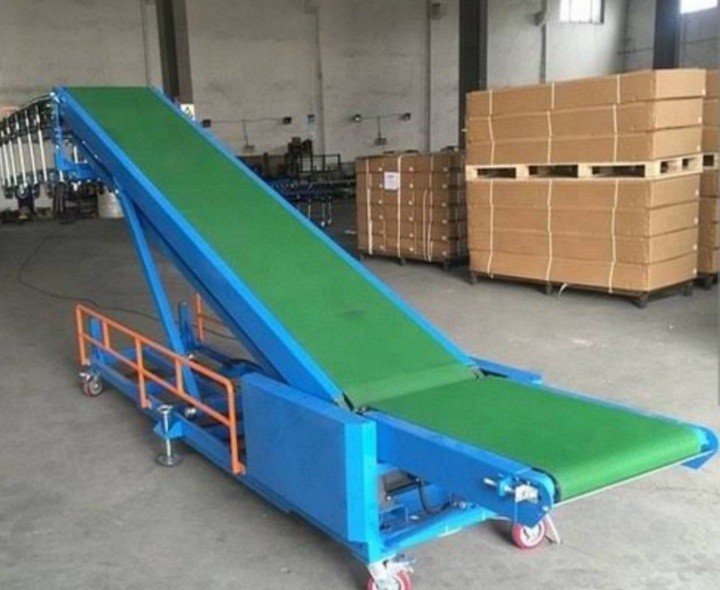
What are the types of nut belt conveyors?
In the processing and handling of nuts, there are various types of nut conveyors, including nut bucket elevators, nut screw conveyors, and nut belt conveyors. These devices have their own characteristics and are suitable for different conveying scenarios and material states. Among them, belt conveyors have become a more commonly used and highly adaptable choice in the nut processing industry due to their gentle handling of nuts, continuous and stable conveying capacity, and wide adaptability.
Open belt conveyorFeatures: The structure is relatively simple and easy to manufacture, install and maintain. Due to its openness, it is convenient for manual sorting, inspection or removal of defective products. At the same time, cleaning and disinfection are also relatively convenient, suitable for occasions with strict hygiene requirements but no special sealing requirements.
Application: Commonly used for preliminary sorting, manual screening, conveying after cooling or before packaging of nuts, and areas that require visual inspection.
Closed belt conveyorFeatures: Anti-pollution, effectively preventing external dust, foreign matter or microorganisms from contaminating nut products, especially suitable for food-grade processing with high requirements for hygiene and cleanliness. Anti-flying/anti-leakage, prevent small nut crumbs or dust from escaping during transportation, and keep the working environment clean. Protect materials. In some environments, nuts can be protected from moisture, wind or extreme temperatures.
Application: Mainly used for intensive processing of nuts, high-standard clean transportation before packaging, or transportation across outdoor areas.
High-angle belt conveyorFeatures: In order to prevent nuts from rolling back or sliding on steep slopes, this type of conveyor usually uses special conveyor belts with baffles, skirts or corrugated sidewalls. These designs form "pockets" or "partitions" on the conveyor belt to effectively fix the material. They can significantly save floor space, especially in places where the plant height is limited or materials need to be lifted quickly.
Application: Transport nuts from the ground to high-level roasting ovens, graders, packaging machine hoppers or other high-level storage equipment.
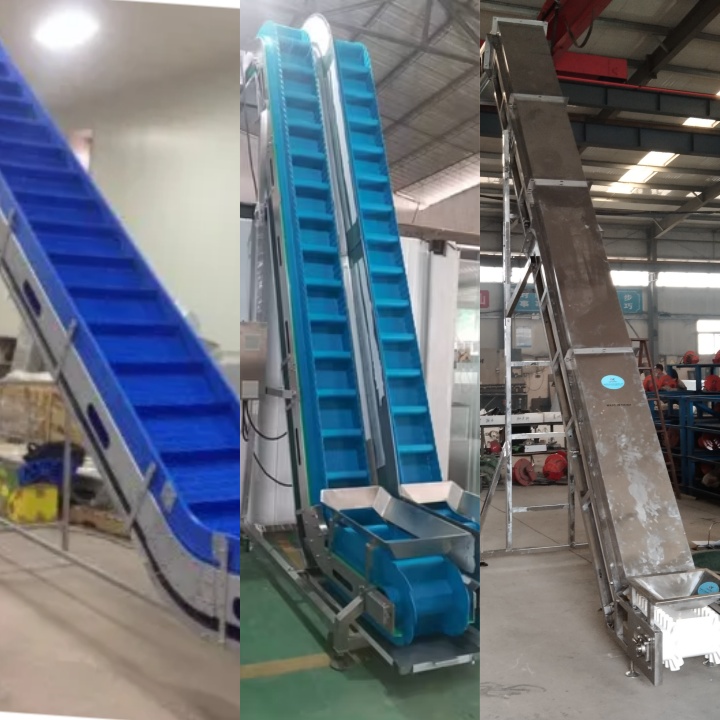
Basic parameters of nut belt conveyors
|
Belt width (mm) |
Conveying length(m) Power(kw) |
Conveying speed (m/s) |
Conveying amount (t/h) |
||
| B400 | ≤10 | 12-15 | 5-30 | 1.25-2.0 | 30-60 |
| 3 | 3-4 | 4-7.5 | |||
| B500 | ≤10 | 12-15 | 15-30 | 1.25-2.0 | 40-80 |
| 3 | 4-5.5 | 5.5-7.5 | |||
| B650 | ≤10 | 12-15 | 15-30 | 1.25-2.0 | 80-120 |
| 4 | 7.5 | 7.5-11 | |||
| B800 | ≤10 | 12-15 | 15-30 | 1.25-2.0 | 120-200 |
| 4 | 7.5 | 7.5-15 | |||
| B1000 | ≤10 | 10-20 | 20-40 | 1.25-2.0 | 200-320 |
| 5.5 | 7.5-11 | 11-22 | |||
| B1200 | ≤10 | 10-20 | 20-40 | 1.25-2.0 | 290-480 |
| 7.5 | 7.5-15 | 15-30 | |||
| B1400 | ≤10 | 10-20 | <20-40 | 1.25-2.0 | 400-680 |
| 11 | 15-22 | 22-45 | |||
| B1600 | ≤10 | 10-20 | <20-50 | 1.25-2.0 | 600-1080 |
| 15 | 22-30 | 30-75 | |||
| B1800 | ≤10 | 10-20 | <20-50 | 1.0-2.0 | 200-1500 |
| 18.5 | 30-45 | 45-110 | |||
| B2000 | ≤10 | 10-20 | <20-40 | 1.0-2.0 | 1000-2000 |
| 22 | 45-55 | 55-132 | |||
| B2400 | ≤10 | 10-20 | <20-40 | 1.0-2.0 | 1500-3000 |
| 30 | 55-75 | 75-185 | |||
What are the advantages of nut belt conveyors?
In the nut processing industry, choosing the right conveying equipment is crucial to ensuring product quality and improving production efficiency. Nut belt conveyors have shown significant advantages in material transportation due to their unique working method and design features. The following are its main advantages:
Continuous conveying and reducing pauses: Belt conveyors can achieve continuous and uninterrupted conveying of nuts, avoiding the time waste caused by intermittent operations, thereby greatly improving the efficiency and throughput of the overall production line.
Adapt to different speeds and capacities: The design of belt conveyors can adjust the conveying speed according to demand, from slow and slow to high-speed conveying, to meet the requirements of different production stages and processing volumes.
Gentle conveying and reducing damage: Nuts, especially shelled nuts, are relatively fragile and easily damaged during handling. Belt conveyors can minimize the falling, collision and friction of nuts through smooth and continuous movement, thereby reducing the breakage rate and maintaining product integrity.
Avoid cross contamination: Especially in food-grade nut processing, the use of belt materials (such as PU) and stainless steel racks that meet food safety standards can effectively prevent product contamination during transportation.
Easy to clean and maintain: Many food-grade belt conveyors adopt an open design, and the belt materials are easy to clean and disinfect, which helps prevent bacterial growth and cross contamination.
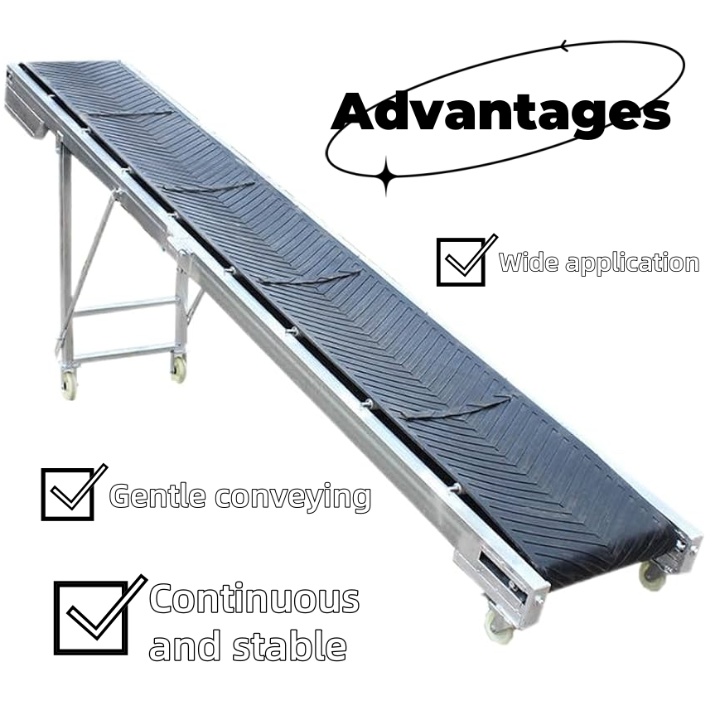
What are the applications of nut belt conveyors?
Nut belt conveyors play a key role in various bulk material handling processes, and their application runs through multiple links from the original state to the final product. This type of equipment can effectively handle nuts in various forms, whether they are in shells, shells, roasted or other processed states. Its application is first reflected in the reception and initial transfer of materials. When a large amount of material arrives from outside, the belt conveyor can provide a stable unloading platform to unload the material from the transport vehicle and initially transport it to a temporary storage area or directly to the beginning of the production line. This continuous transfer method helps to improve warehousing efficiency and reduce the need for manual handling. Later, in the initial processing and sorting stage of the material, the belt conveyor is responsible for guiding the material to the cleaning equipment, such as a vibrating screen or a dust remover, to remove impurities, foreign matter or defective products. At the same time, they are also often used to transport materials to grading equipment for preliminary classification based on size, shape or other physical characteristics in preparation for subsequent fine processing. In the process where the physical state of the material needs to be changed, such as after shelling or roasting, the belt conveyor can take over the processed material and transport it to the next process. For example, the nut kernels coming out of the sheller will pass through the belt conveyor to the air flow separation process to remove the remaining debris. For materials that have been roasted or dried, high-temperature belt conveyors can transport them to the cooling area or directly to the subsequent packaging preparation area to ensure a uniform transition of the material temperature. Belt conveyors also play an important role in the stage of fine control of product quality. They can transport materials to equipment such as color sorters, X-ray detectors or metal detectors for defect identification or foreign body detection, thereby improving product quality. In the final metering and packaging process, belt conveyors are responsible for smoothly and accurately feeding materials into weighing or quantitative packaging equipment to ensure that the products meet the preset packaging specifications. After packaging, the products can also be transported to the sealing, palletizing or shipping area via belt conveyors, completing the automation of the entire process.

Nut belt conveyors case
Nut belt conveyors play a vital role in the entire nut processing industry chain, and their applications run through every link from raw material receipt to final product packaging. They are widely used in the storage and warehousing of raw nuts, unloading freshly picked or pre-processed nuts from transport vehicles and sending them to temporary storage or warehouses. In the initial cleaning and grading stage, belt conveyors are responsible for sending nuts to equipment such as vibrating screens and stoners to remove impurities, or to grading equipment for size and shape classification. In the shelling and shelling process, belt conveyors take over the shelled nut kernels and convey them to links such as air separators to remove debris. For roasted and dried nuts, high-temperature belt conveyors are used to cool or send them to the next process to ensure uniform product temperature. Subsequently, they send nuts to color sorters or manual sorting platforms in the screening and sorting process to remove defective products or products with different specifications. Before packaging, belt conveyors also send nuts to quality inspection equipment such as metal detectors or X-ray detectors for foreign body detection. At the same time, they are smoothly transported to weighing equipment, such as a multi-head scale, for accurate weighing and packaging. Finally, the finished packaged nuts are transported to the carton sealer, palletizer or outbound area via a belt conveyor to complete the entire processing process.
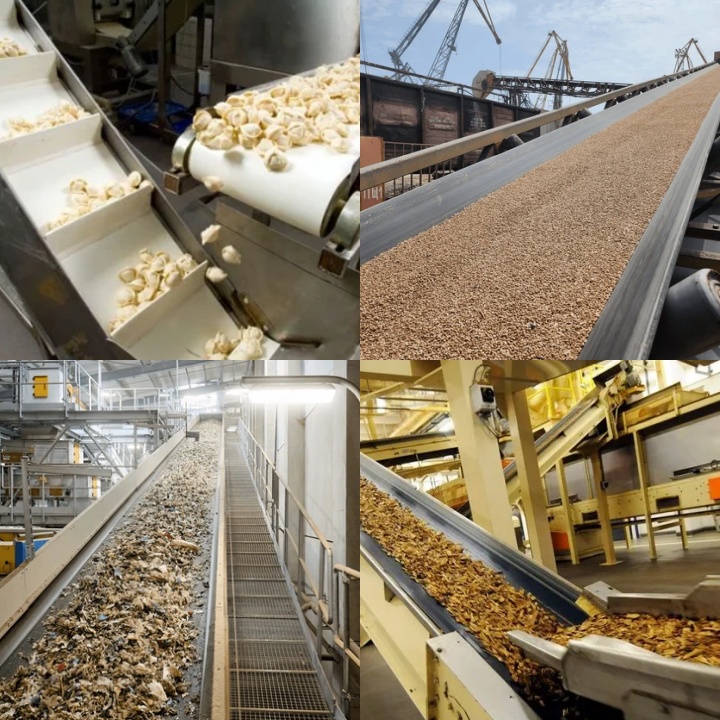
The actual operation effect of the nut belt conveyors is subject to many factors, including the material of the selected conveyor belt, the structural design of the equipment, and the daily maintenance status. These factors directly affect the stability of the equipment in actual production and the state of the nuts during the conveying process. Therefore, when selecting and using such equipment, it is necessary to consider the specific production conditions and the physical properties of the nuts. The continued normal operation of the equipment depends on the coordinated work of its various components, and regular inspections and adjustments are required to ensure that it can continue to provide material conveying functions in actual applications.
